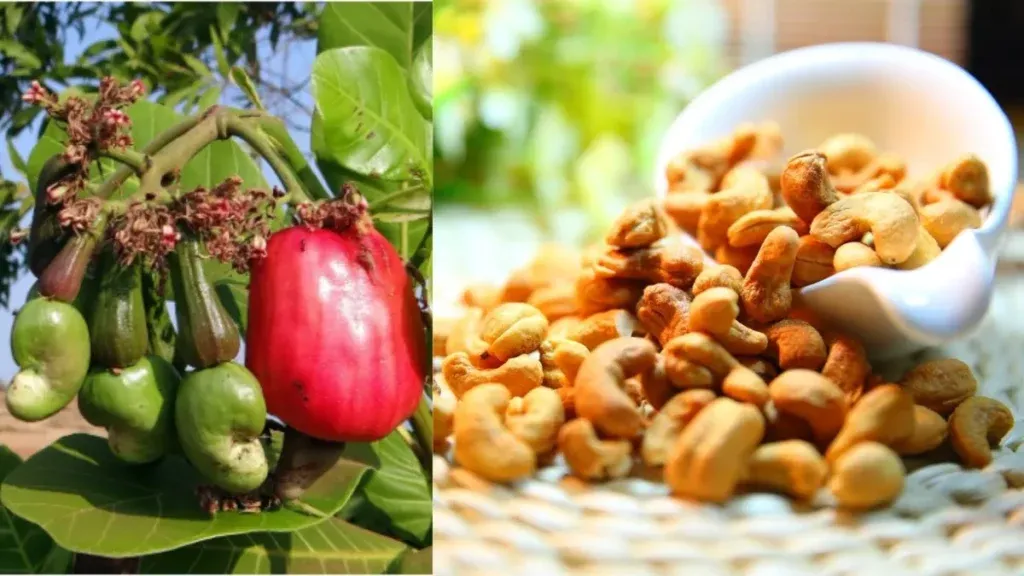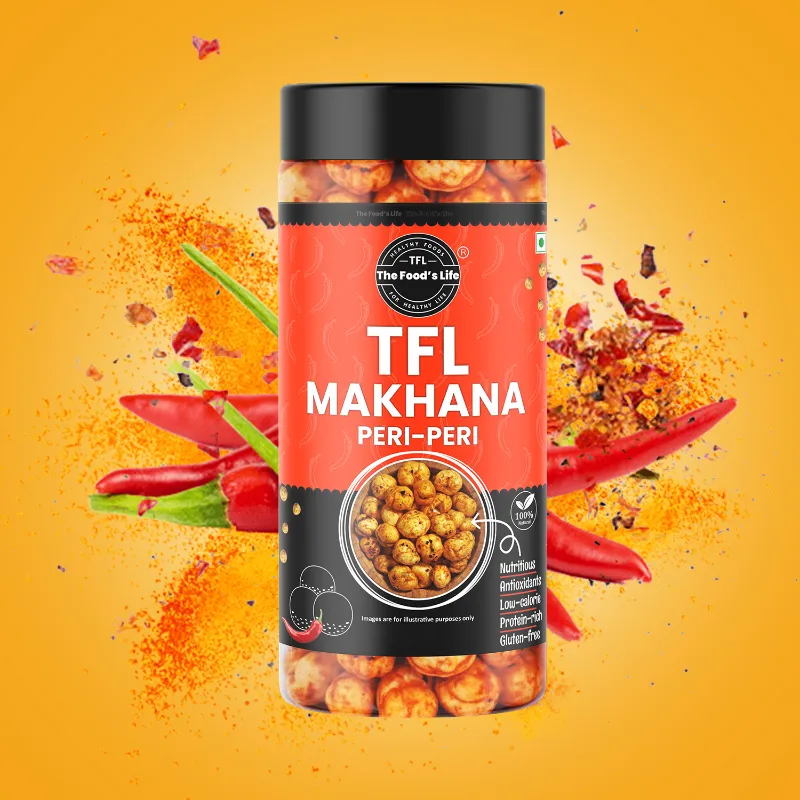Cashews, with their creamy texture and buttery flavor, have become a beloved snack and cooking ingredient around the world. But what is the story behind these delicious nuts? Let’s delve into the fascinating history of cashews and discover how they have captivated taste buds for centuries.
The journey of cashews begins in the lush tropical forests of Brazil, where cashew trees (Anacardium occidentale) are native. Indigenous people in Brazil were among the first to discover the culinary potential of cashew nut. They were enjoying them as a nutritious and tasty snack.
In the 16th century, Portuguese explorers voyaged to India and introduced cashew trees to the Indian subcontinent. The warm and humid climate of coastal regions in India proved to be ideal for cashew cultivation, and the trees flourished in states like Goa and Kerala.
Cashews gained popularity not only for their delectable taste but also for their versatility in cooking. In Indian cuisine, this are used to add richness and creaminess to curries, desserts, and savory snacks. They also became prized ingredients in traditional sweets like kaju katli and barfis.
During the 16th and 17th centuries, European traders introduced cashews to other tropical regions around the world, including Africa, Southeast Asia, and the Caribbean. Cashew cultivation spread rapidly in these regions, driven by increasing demand from international markets.
Regrettably, the dark history of the transatlantic slave trade intertwined with the expansion of cultivation in some regions. Colonial powers in the Caribbean established cashew plantations, utilizing enslaved labor and thereby contributing to their economic prosperity.
Today, cashews are primarily cultivated in tropical countries such as India, Vietnam, Nigeria, Ivory Coast, and Brazil. These countries account for the majority of global cashew production, with India being the largest exporter of processed cashew kernels.
The journey from cashew fruit to the familiar nut involves a labor-intensive harvesting process. Cashew trees produce cashew apples, which contain the cashew nut encased in a hard shell. Harvesters carefully extract the cashew nuts from the shell, a task that requires precision and skill to avoid the caustic oils present in the shell.
Beyond their delicious taste, cashews offer an array of health benefits. They are rich in nutrients like protein, healthy fats, vitamins, and minerals, making them a valuable addition to a balanced diet. Cashews actively support heart health, assist in weight management, and contribute to overall well-being.
Cashews, known for their culinary versatility, feature in both sweet and savory dishes worldwide. People enjoy them as a roasted and salted snack, grind them into creamy cashew butter, or use them to impart a luscious texture to dairy-free sauces and desserts.
As consumer awareness of ethical and environmental issues grows, there has been increasing interest in sustainable production. Organizations and farmers are implementing practices such as agroforestry, organic farming, and fair trade initiatives to promote social responsibility and environmental stewardship in the cashew industry.
In conclusion, the history of cashews is a tale of cultural exchange, culinary innovation, and global trade. From their humble origins in Brazil to their widespread cultivation across tropical regions, cashews have left an indelible mark on cuisines around the world. Whether enjoyed as a wholesome snack or incorporated into gourmet dishes, cashews continue to delight taste buds and nourish bodies with their rich flavor and nutritional goodness.






